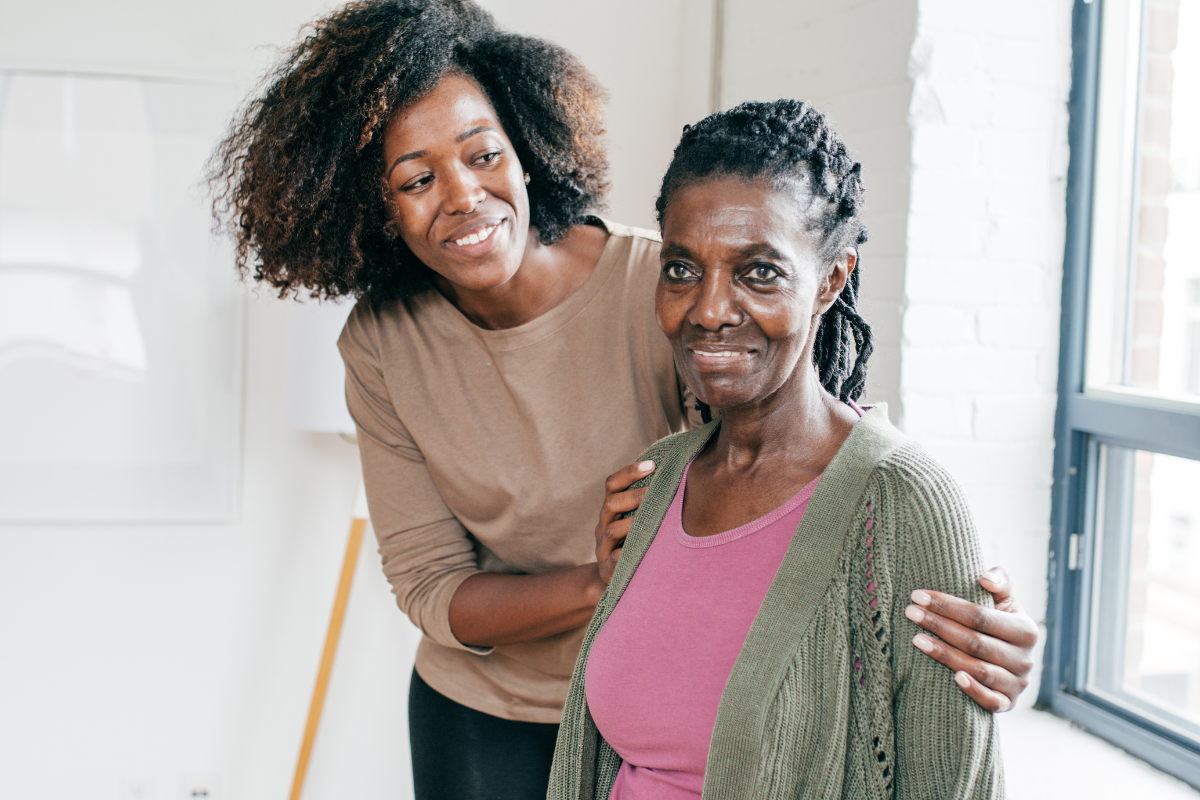Having someone provide care for yourself or a family member can bring about a wide range of emotions. You may feel relief to have help but also concerned about the many unknowns that come when onboarding a caregiver. The most important thing for a caregiver and the person they are caring for is to make sure that they understand what each other needs from this new caregiving relationship. If you are feeling overwhelmed with the onboarding process, we’re here to help. Read on for some important tips to consider when bringing a new caregiver into your home.
Hiring Well
When going through the hiring process, make sure you have a good understanding of your (or your loved one’s) care needs – this will also determine the job description and necessary qualifications. Having a good understanding of your care needs will allow you to ask the right questions, focusing on the skills, specialities, and experience of that particular caregiver.
If you would like to hire your caregiver on a trial basis, make sure to communicate that up front. Trials typically range from two and three weeks and we highly recommend providing the caregiver with a complete list of responsibilities and criteria you will be monitoring during this time. At the end of the trial period, evaluate the caregivers results and set aside a time to communicate with them about their performance.
Creating a Care Plan
A written care plan can help alleviate stress by clearly communicating the caregiver’s job duties. In order to get started on your care plan, it is important to have an accurate understanding of your care needs and personal preferences.
You should provide a written daily and weekly schedule that includes the responsibilities that need to happen.
Good Care Essentials:
- Knowing what a typical day or week should look like will help ease stress.
- Consistency is key! Insist on it.
- Instructions should be followed exactly as stated and if something can’t be completed by the caregiver then it needs to be communicated.
- The plan should include emergency procedures so that the caregiver knows what is expected if an emergency should occur.
- The care plan should also include tips, recommendations or strategies that work best for you or your loved one to feel comfortable with care activities.
- Both the caregiver and family members also need to have a common understanding that the care plan will change and all changes will be discussed beforehand.
Good Communication Allows For Good Care
Having good communication is the foundation of good care. You, your family, and the caregiver need to have open and ongoing communication. A regular meeting time should be scheduled so that you can be proactive about feedback and needs. Coming up with co-created standards for the meeting so that both parties can feel heard allows for healthy communication.
Conversations to have:
- Any changes in care – this might even be a time where you will need to come together for solutions involving care
- Making sure to staying up-to-date on training and certifications to best support you or your family member
- Checking any licenses that might be required to support you or your family member
- Address any problems as soon as they arise
- Give praise whenever you can! Making sure that the caregiver knows that you appreciate their work will go a long way in creating trust and good communication
A notebook can be a really helpful tool to guide the conversations and know how the care plan is working. By incorporating a notebook of care, you can communicate with each other on a daily basis about the care that was received and how you or your family member is doing day-to-day.
Onboarding Family Members
Before hiring a new caregiver, it is important that your family members are on board. Make sure to have a family meeting to discuss important considerations surrounding the care that is needed. By making sure everyone is on the same page, this can help make the process easier for hiring and onboarding the new caregiver. You should continue to have conversations about how things are going with the new caregiver to continue to build trust with the process.
You all will also need to figure out who the point of contact will be for the caregiver and who will help supervise the caregiver. Caregivers that are hired through home care agencies may have a supervisor and your family will need to make sure that they feel comfortable with that format. Another option would be to have a private care manager to help with the caregiver. You all will need to decide together what will be more useful and affordable for the family.
Having a Good Plan Will Help with Great Care
By creating a care plan, communication process, and having open conversations with family members, you will be able to incorporate a new caregiver more easily into your everyday life. While it may seem like a lot of planning in the beginning, the better plan you all have with the care that is needed then the easier it will be to communicate and create a trust based relationship with your new caregiver.




